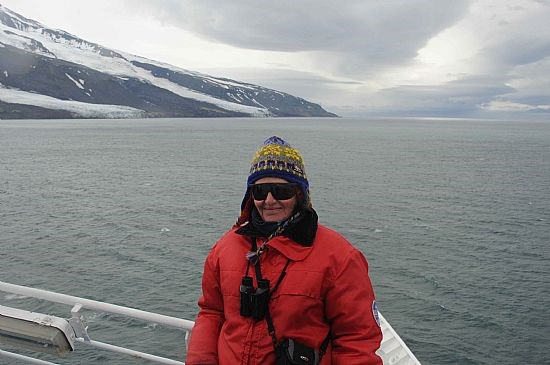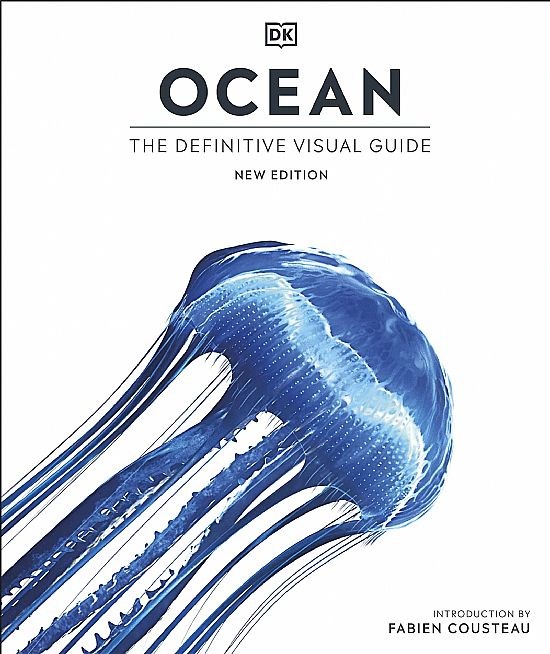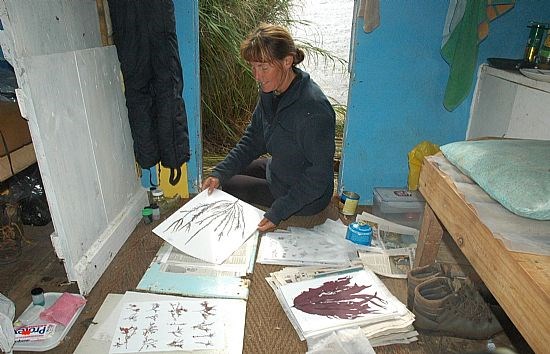Sue Scott
Marine Biologist
Sue Scott trained in marine biology at the University of Bangor, before going to work with the Field Studies Council and then the Marine Nature Conservation Review team of the Nature Conservancy Council.She left the NCC in 1988, and has been freelance ever since (apart from a brief period working with the Marine Conservation Society) as a photographer and marine biologist. She was written for, and provided photographs to, a wide variety of publications. For several years, she provided a monthly photo-feature on 'British Beasts' for DIVE Magazine.
She is now largely retired, but is still happy to provide photos for worthwhile marine biological projects and displays. She also regularly joins Michael on cruises and spends time on deck helping guests to spot whales, dolphins, seabirds and other marine life.
Sue's recent publications include contributions to the Dorling Kindersley book Oceans: The Definitive Visual Guide, published in a third edition in 2022. She provide texts for this on shallow seas, plant life, the various kinds of seaweeds (algae), mosses, flowering plants and fishing. Click here to read more about the book, or order a copy from Amazon.
She also co-wrote and -photographed Walk & Eat: Cape Town (2007) with husband Michael. Although some of the text is now rather out of date, the various walks described are still mostly unchanged, as well as the recipes for Capetonian food that Sue presented. Copies are still occasionally available second-hand from Amazon.
In 2004, Sue visited the South Atlantic island of Tristan da Cunha for the first time. She became the first marine biologist to dive around the island's shores, discovering many features that had not been recognised by previous boat-based surveys. She has been deeply involved ever since in a project studying and advising on the marine biodiversity of Tristan and the adjoining islands of Nightingale and Inaccessible, funded by the Darwin Initiative.
In 2003, the Tristan Post Office published a set of stamps featuring Sue's photos of underwater life around the islands (the first day cover for which is shown below). One bird species for which the Tristan islands are internationally important is the Atlantic Yellow-nosed Albatrosses, photographed by Sue with a chick on the nest (below).
Please email Sue here if you want to enquire about her photos, although note there may be some delay before she can reply.




